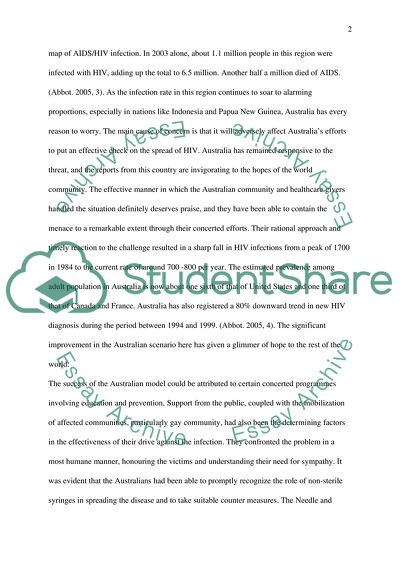Cite this document
(HIV and HCV in Injecting Drug Users Essay Example | Topics and Well Written Essays - 2370 words, n.d.)
HIV and HCV in Injecting Drug Users Essay Example | Topics and Well Written Essays - 2370 words. Retrieved from https://studentshare.org/health-sciences-medicine/1704972-alcohol-other-drugs-blood-born-viruses
HIV and HCV in Injecting Drug Users Essay Example | Topics and Well Written Essays - 2370 words. Retrieved from https://studentshare.org/health-sciences-medicine/1704972-alcohol-other-drugs-blood-born-viruses
(HIV and HCV in Injecting Drug Users Essay Example | Topics and Well Written Essays - 2370 Words)
HIV and HCV in Injecting Drug Users Essay Example | Topics and Well Written Essays - 2370 Words. https://studentshare.org/health-sciences-medicine/1704972-alcohol-other-drugs-blood-born-viruses.
HIV and HCV in Injecting Drug Users Essay Example | Topics and Well Written Essays - 2370 Words. https://studentshare.org/health-sciences-medicine/1704972-alcohol-other-drugs-blood-born-viruses.
“HIV and HCV in Injecting Drug Users Essay Example | Topics and Well Written Essays - 2370 Words”, n.d. https://studentshare.org/health-sciences-medicine/1704972-alcohol-other-drugs-blood-born-viruses.


